In one of the fragrance enthusiast Facebook groups I belong to, one of the members shared a blogpost from ACHARR, an online retailer in Malaysia that explained the different strengths of fragrances. I thought I would summarize it here since it seemed like useful information.
Overall, the difference in fragrance strengths has to do with the amount of concentrated perfume oil in the mixture. Fragrances are generally a combination of alcohol, oils and other ingredients. In fact, fragrances, i.e. perfumes, are not required to list all of their ingredients since the scent is a proprietary blend. As a result, there may be some risk associated with perfumes and scents because of the chemicals that may or may not be in the scent, e.g. phthalates and others. Just thought I’d mention that. These days, there are more fragrances that do list their ingredients in order to ensure that there are no risky or harmful ingredients included, and because more people want to know what’s in the products they use. Mostly, I take my chances. But I was surprised to see that my most recent purchase, Grand Soir by Maison Francis Kurkdjian does have an ingredient list on the box. I no longer have the boxes for my other fragrances so I can’t check.
Back to the different fragrance strengths. As the amount of perfume oil increases, the price tends to increase. Also the longevity of the scent tends to increase, with respect to the same scent with less perfume oil in the mix.
Eau Fraiche: EF
Eau Fraiche: pronunciation: oh fresh. Meaning: fresh water, in this case, a light fresh scent.
Frankly, I have never seen an eau fraiche in a store, but perhaps they exist somewhere! But I assume that most fragrance houses don’t bother making an eau fraiche.
Eau Fraiche contains the least amount of concentrated perfume oil – 1-3%, making it the most dilute of fragrances, and I would assume the least expensive.
Eau de Cologne: EDC
Eau de Cologne: pronunciation: oh duh colone. Meaning: perfume water
Eau de Cologne contains 2-6% perfume oil, so it is still a rather dilute scent. And it tends to be an affordable version of many scents.
I am a fan of some of the fragrances from Farmacia di Santa Maria Novella in Florence.
Actually, their powdery scent Melograno (pomegranate) is my favorite. The classic form of Melograno is Acqua di Colonia or eau de cologne. When I spray it, I get an immediate hit of alcohol as much as the scent itself. And it usually isn’t very long lasting. So I get around that by also buying the bath oil that tends to last on my skin longer. Nevertheless, I have let the EDC sit for a few years in my bathroom (a no-no actually; perfumes should be kept in a cool, darkish place if possible), and I just used it for the first time in ages and wow, it smells great! The volatile components have evaporated somewhat and have concentrated the juice so it smells stronger. And it’s lasting longer on me than it did when it was newer. Go figure.
When I was much younger (either high school or college, I can’t remember), I fell in love with Shalimar, and I got the eau de cologne in the rounded, flattish bottle because it was more affordable.
Eau de Toilette: EDT
Eau de Toilette: pronunciation: oh duh twa-lette. Meaning: toilet water or a scent used when getting ready to dress and go out
Many fragrances have an eau de toilette option. Often times, eau de toilette can give you the best bang for your buck. EDT, as it is commonly abbreviated, contains 5-15% perfume oil.
The Molton Brown Muddled Plum fragrance whose virtues I have been extolling for the past year is an eau de toilette. And for me, that’s too bad. In order for this scent to project at least a bit and last for more than a few minutes, I have to layer it with the shower gel and body lotion.
Eau de Parfum: EDP
Eau de Parfum: pronunciation: oh duh par-feh (“parfum” is a tough one to figure out how teach you to pronounce without audio, sorry) Meaning: perfume water
Eau de Parfum is the second strongest of the fragrance strengths. It contains 15-20% concentrated perfume oil. As a result, it can be long lasting and quite pricey. I think most of the fragrances I own are EDPs, and by and large, they project fairly well and last fairly well (there are exceptions to everything).
I was looking at the box for Grand Soir, and it says Eau de Parfum Natural Spray. I wondered what “natural spray” referred to, and in looking it up, I discovered it meant a “pump spray” rather than an aerosol spray. The spray, of course, is an alternative to a bottle with a stopper.
Parfum
We already tackled the pronunciation of Parfum and its meaning, perfume. It also may be known as Extrait de Parfum (pronunciation: extray duh par-feh, meaning:n perfume extract) or Pure Perfume.
It has a concentration of perfume oil from 15-40% with the majority falling into the 20-30% range. Because there is less alcohol in the mixture, Parfum may be a better bet for those with sensitive skin.
Especially in women’s extraits de parfum, the most precious and expensive ingredients are reserved for that type. Not surprisingly, it tends to be the most expensive as well as the most long lasting. According to a post by Daniel Barros in the fantastic online fragrance compendium, Fragrantica.com, the difference between either EDT or EDP and an extrait is not just one of concentration of perfume oil, but definitely in the rarity and purity of the ingredients. As an example, he mentions Chanel No. 5 as follows, “In the parfum version, you can smell the power of iris interacting with the rest of the composition, while in the other concentrations it’s all about aldehydes and white flowers.”
Also according to Fragrantica.com, only a few perfume houses still make Extrait de Parfum: Caron, Patou, Guerlain, Cartier, Piguet, Chanel, Hermès, and Dior. They go on to say that the extraits tend to be available only at their own stores, some flagship store counters or their own retail websites. You can be sure that now I am dying to sniff the difference between an extrait and EDP. What a shame that Barney’s has closed since they had such a fantastic collection of luxury fragrances.
Perfume Oil
The last thing I want to mention doesn’t exactly fit, but I think it’s relevant to a discussion of different perfume strengths. Perfume oils. What is a perfume or fragrance oil? A perfume oil is either a synthetic
So now you’re an expert, if you weren’t already 😉 If you are a fragrance wearer, which strengths do you tend to go for?


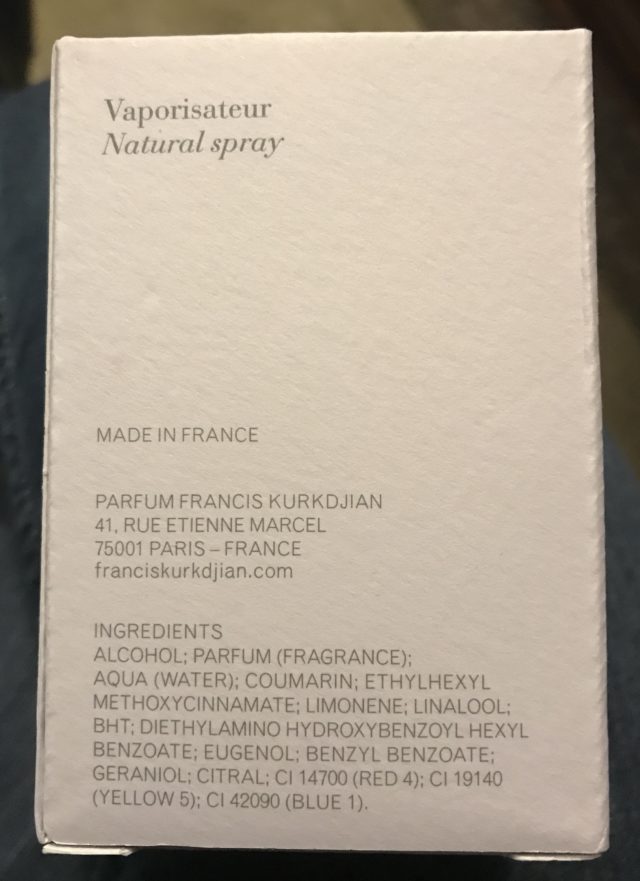
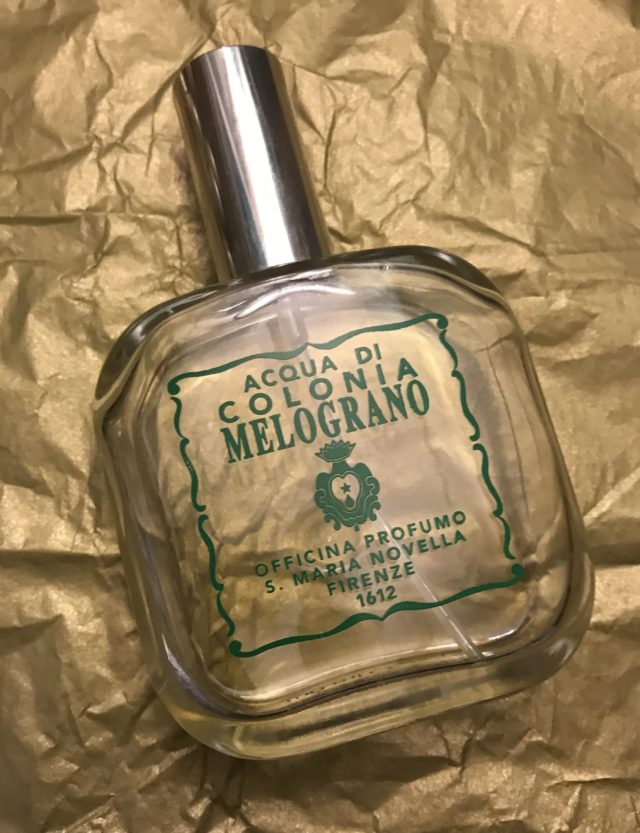
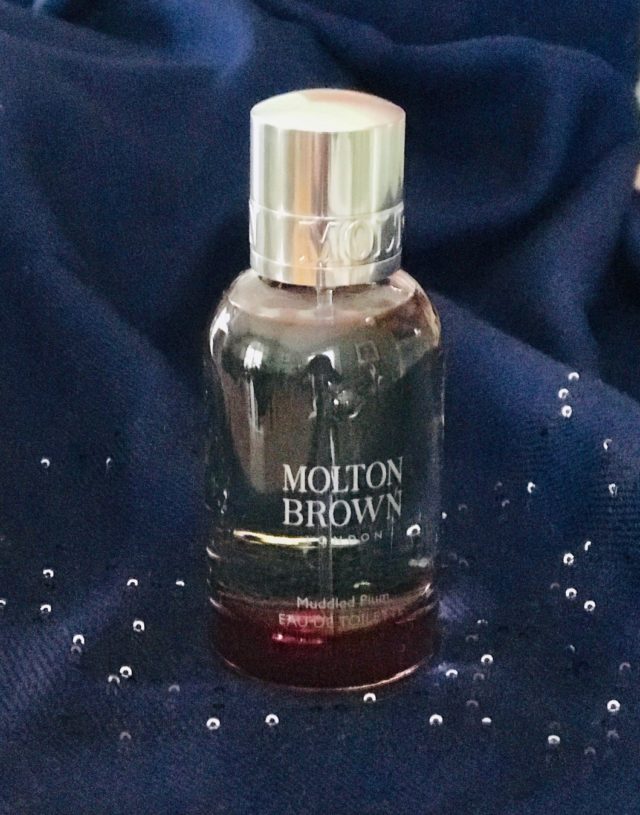

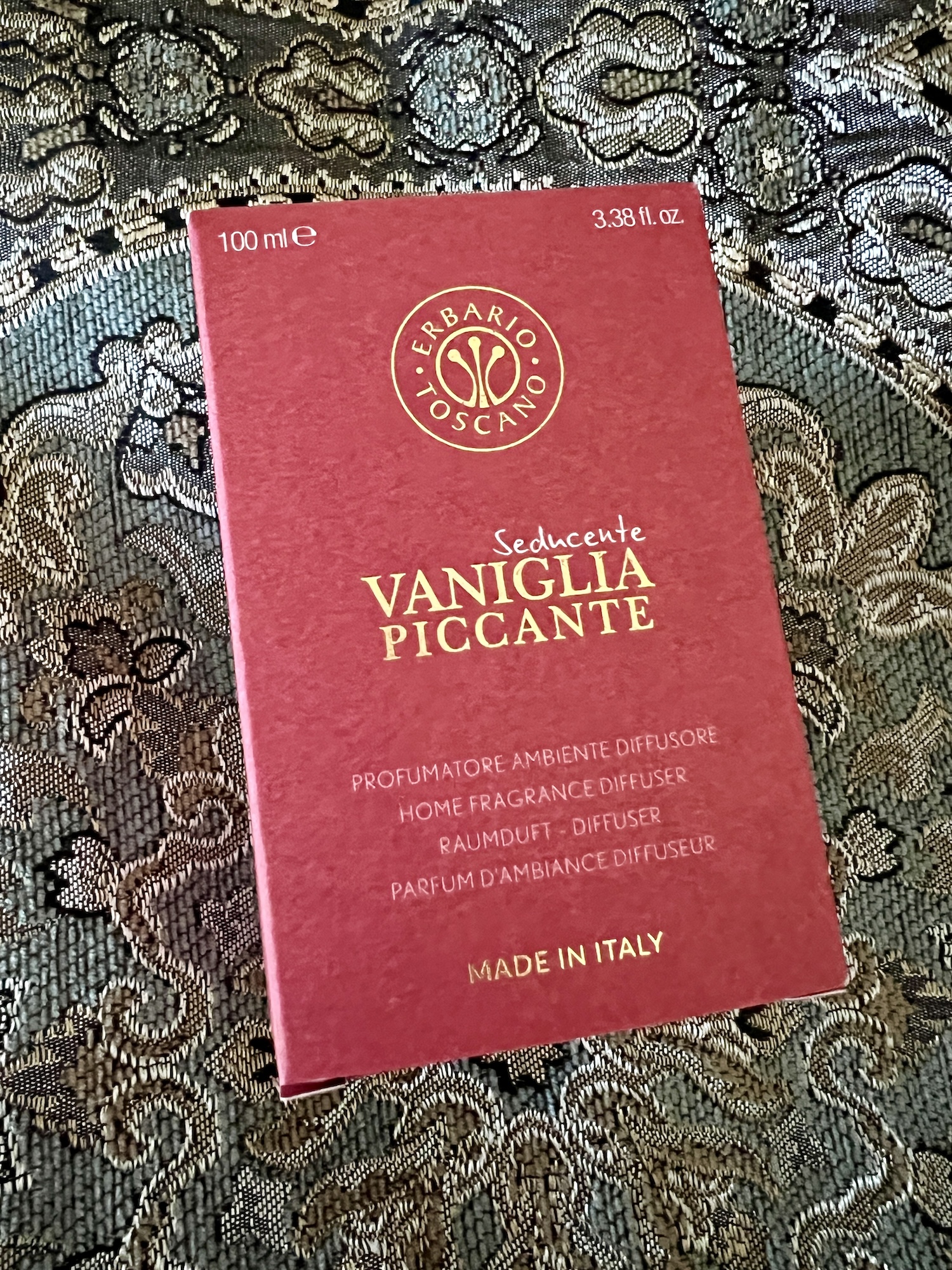
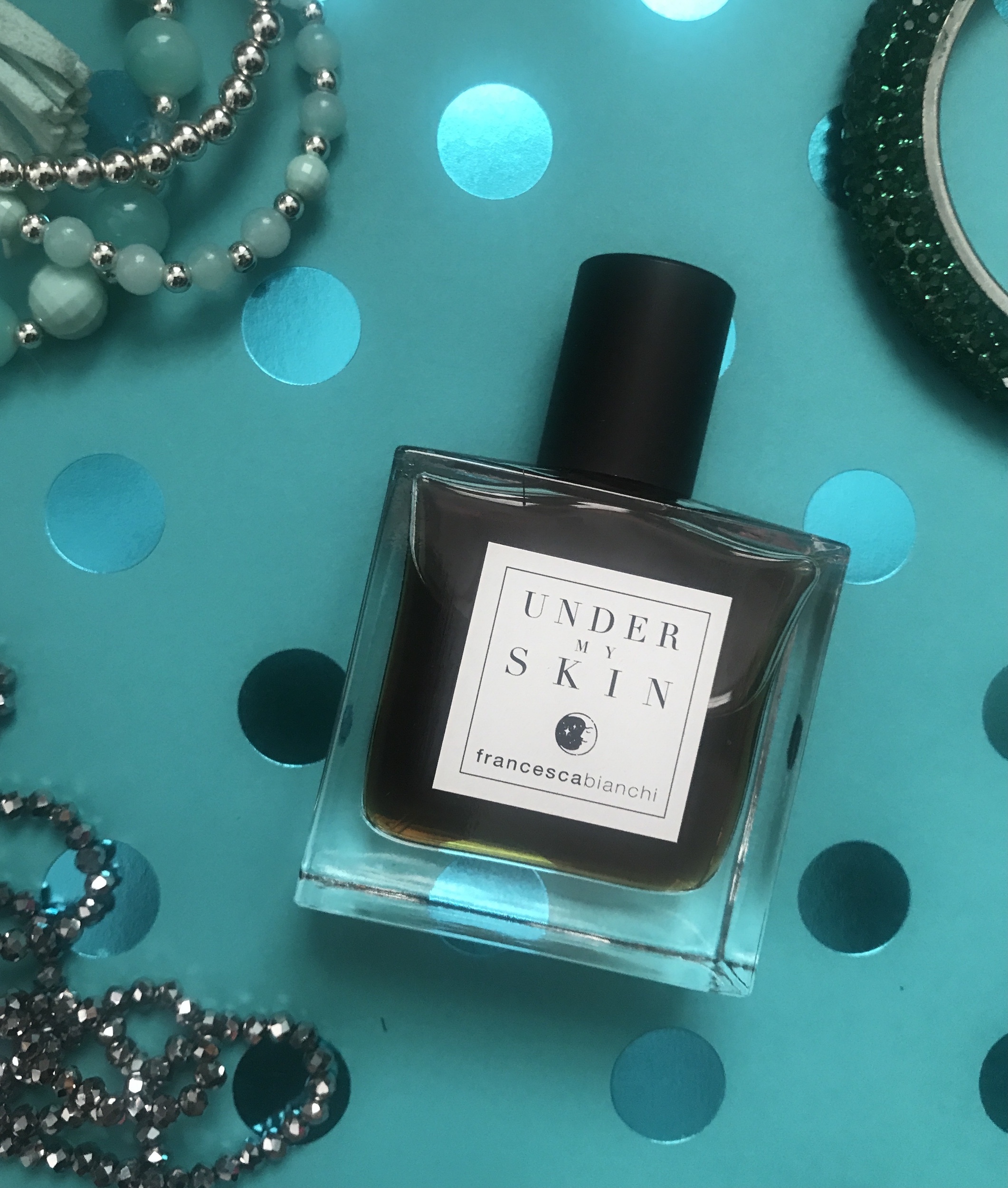
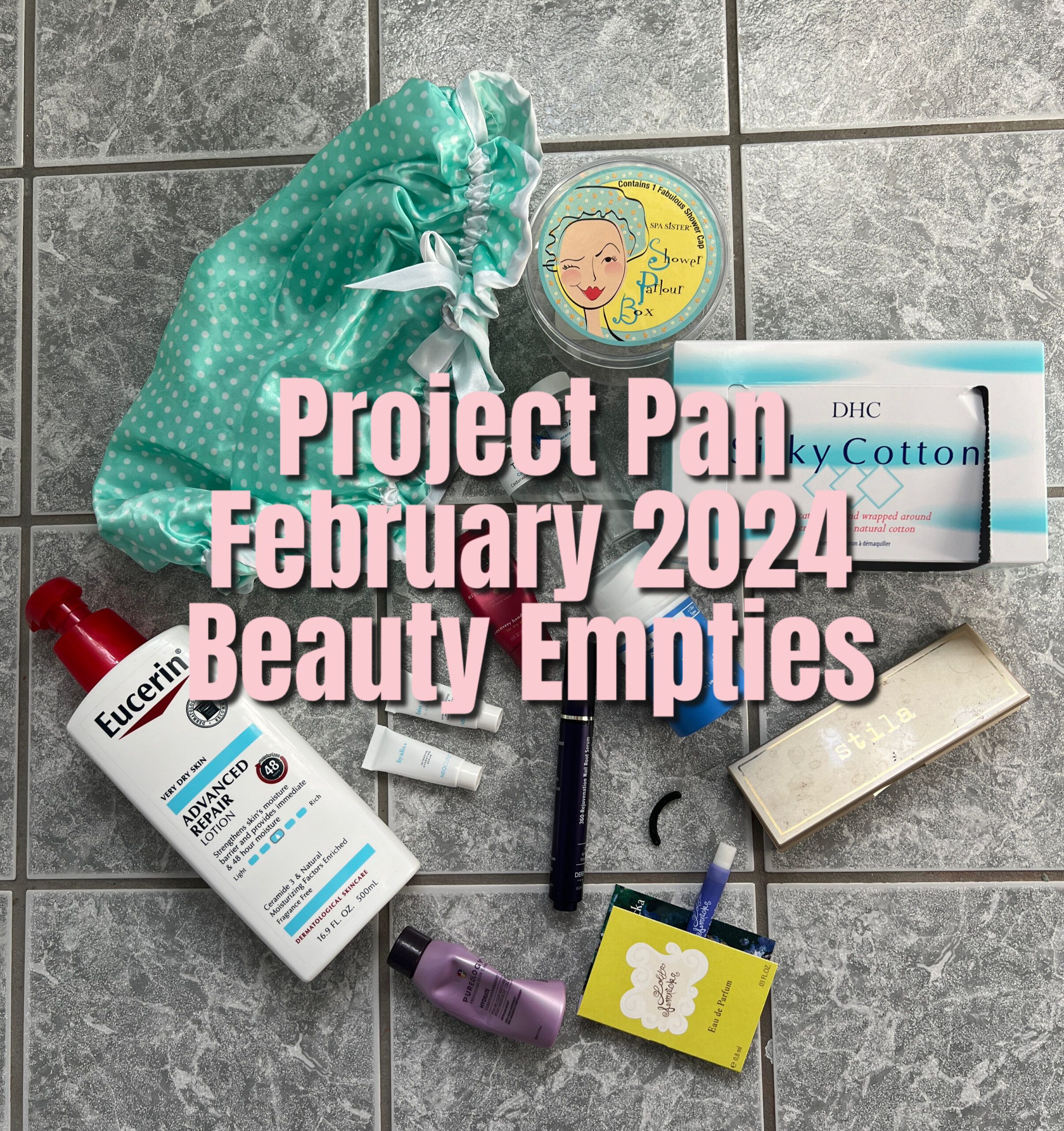
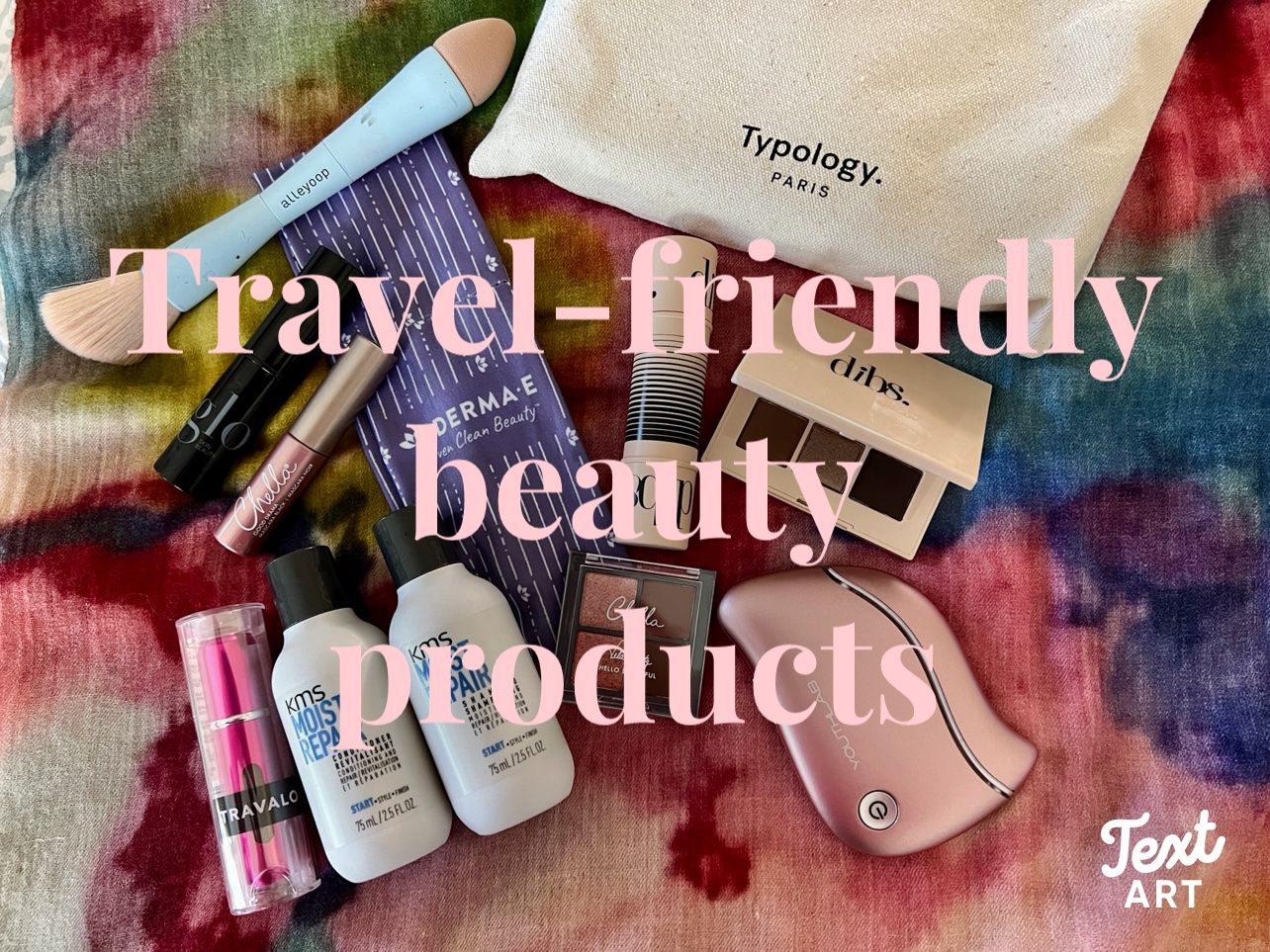
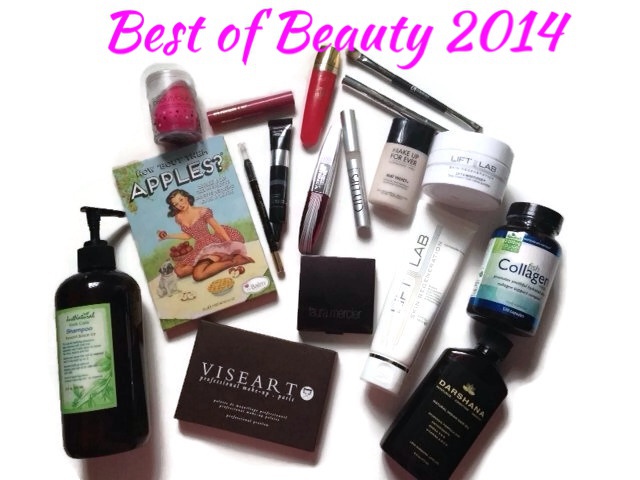

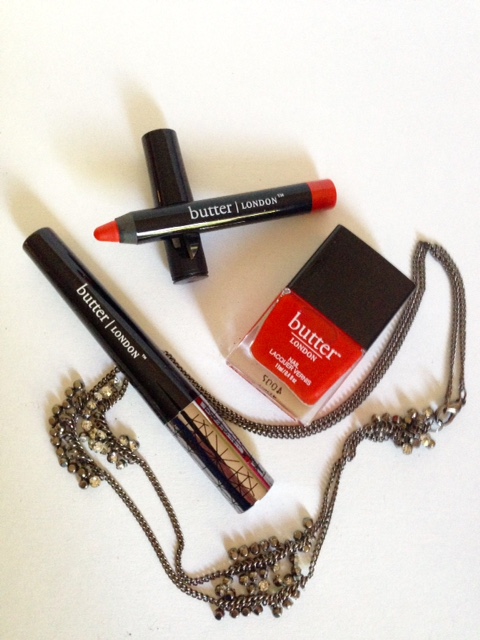
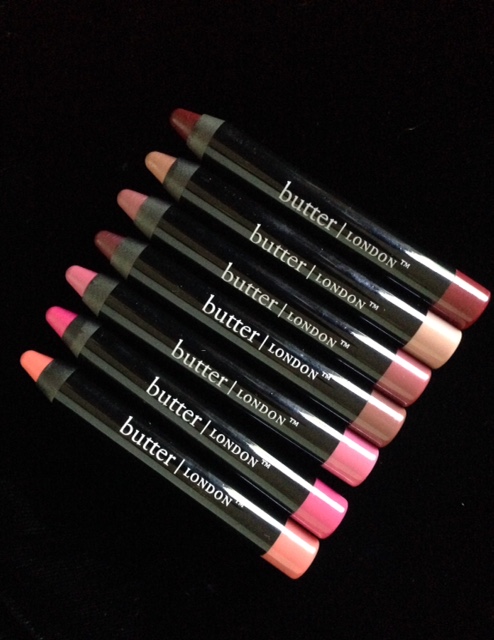
I go for cologne and EDT at work, EDP on special occasions.
Believe it or not I used to wear Shalimar in college. Then I realized that my headaches were affected by the fragrance and went fragrance free. I never knew the difference between the designations before this article.
MarciaF recently posted…HairRx All-In-One Hair Perfecting Formula
I can’t believe you wore Shalimar, Marcia, but then most of us did back then. It’s still a gorgeous scent. It is a shame that fragrances give you headaches, but you are certainly not alone. Someone had once told me that scents made from natural ingredients were less likely to cause headaches or nausea, but I’m not sure that I believe it.
I tend to prefer Parfum first and then EDP. This is a great post, Allison!
Lola Seicento recently posted…IBY Beauty Gloss’d Up Lip Toppers
Thank you!